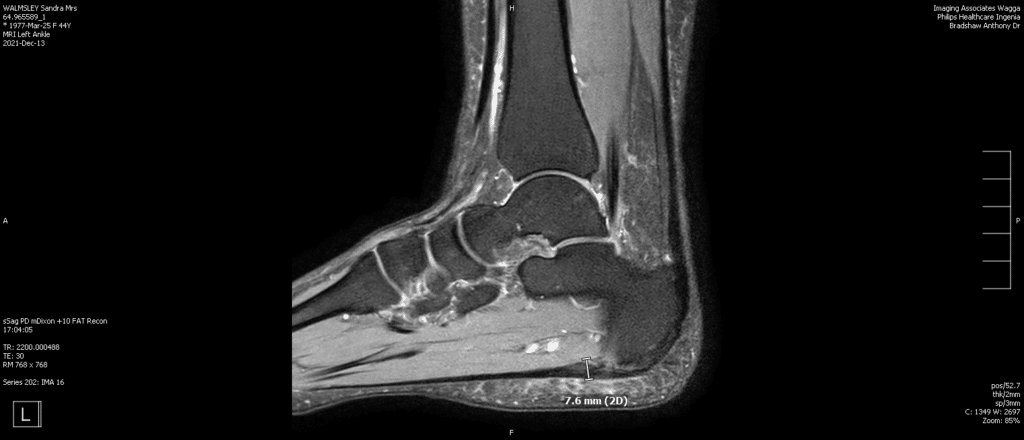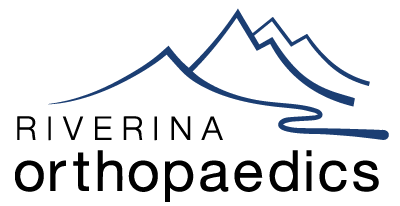The plantar fascia runs along the length of the sole of the foot and along with various ligaments and muscles of the foot, functions to assist in maintaining its inner arch (like the string of a bow, with the bones of the foot being the bow itself).
Plantar fasciitis is an inflammation of the origin of the fascia at the calcaneus (heel bone). It is a result of a repetitive strain/tear and repair of the fascia from traction forces that have worn it out. It can be likened to an elastic band that has been left out in the sun and stretched too many times; it looses its stretch and has many micro-tears in it.
Heel spurs have long been associated with heel pain, and were originally thought to be its cause. Heel spurs occur at the origin of the flexor digitorum brevis muscle, which lies just beneath the plantar fascia. However, heel spurs are not often the cause of heel pain associated with plantar fasciitis but can be locally inflamed or even fracture.
Non-Operative Management
Initial management of plantar fasciitis involves a multi-modal non-operative approach. For 90% of people, this is all that is required. This initially includes analgesics, anti-inflammatories, massage, applying ice, and exercises that stretch the fascia and strengthen the muscles. Orthoses including heel pads and night splints may be helpful, along with corticosteroid injections, and other alternative modalities such as ultrasound or shock wave therapy.
Operative Management
For those patients who have ongoing pain despite adequate non-operative management, operative intervention is required. Conventionally this procedure is performed through an incision on the in-step of the foot and release of a portion of the plantar fascia. It may also involve additional procedures such as release of local scar tissue and nerves and resection of heel spurs. Often a plaster may be required for the first 2 weeks or so following surgery and weightbearing begins with the aid of a post-surgical boot.


Complications
Complications are rare with this procedure. There is always a small risk of infection, nerve injury and blood clots, and anesthetic problems with lower limb surgery and measures are taken to minimize these risks. A small proportion of patients may also experience a persistence of their pre-operative pain despite surgery.
Finally, and uncommonly, discomfort in the outer part of the top of the foot may occur following any technique of plantar fascia release. Very seldom is this enough of a problem to require further surgery and generally improves with the use of insoles (orthotics). Overall, a successful outcome is achieved in approximately 90% of patients Recovery times and swelling vary from patient to patient.
Average Recovery Times
Hospital stay Day surgery
Rest & elevation 2 weeks
Crutches/frame 5-7 days
Foot swelling 4 weeks
Sport 6-12 weeks
Time off work
– Seated 1 week
– Standing 3-4 weeks
This page is a brief overview and not designed to be all-inclusive. If you have any further queries, please contact us.


